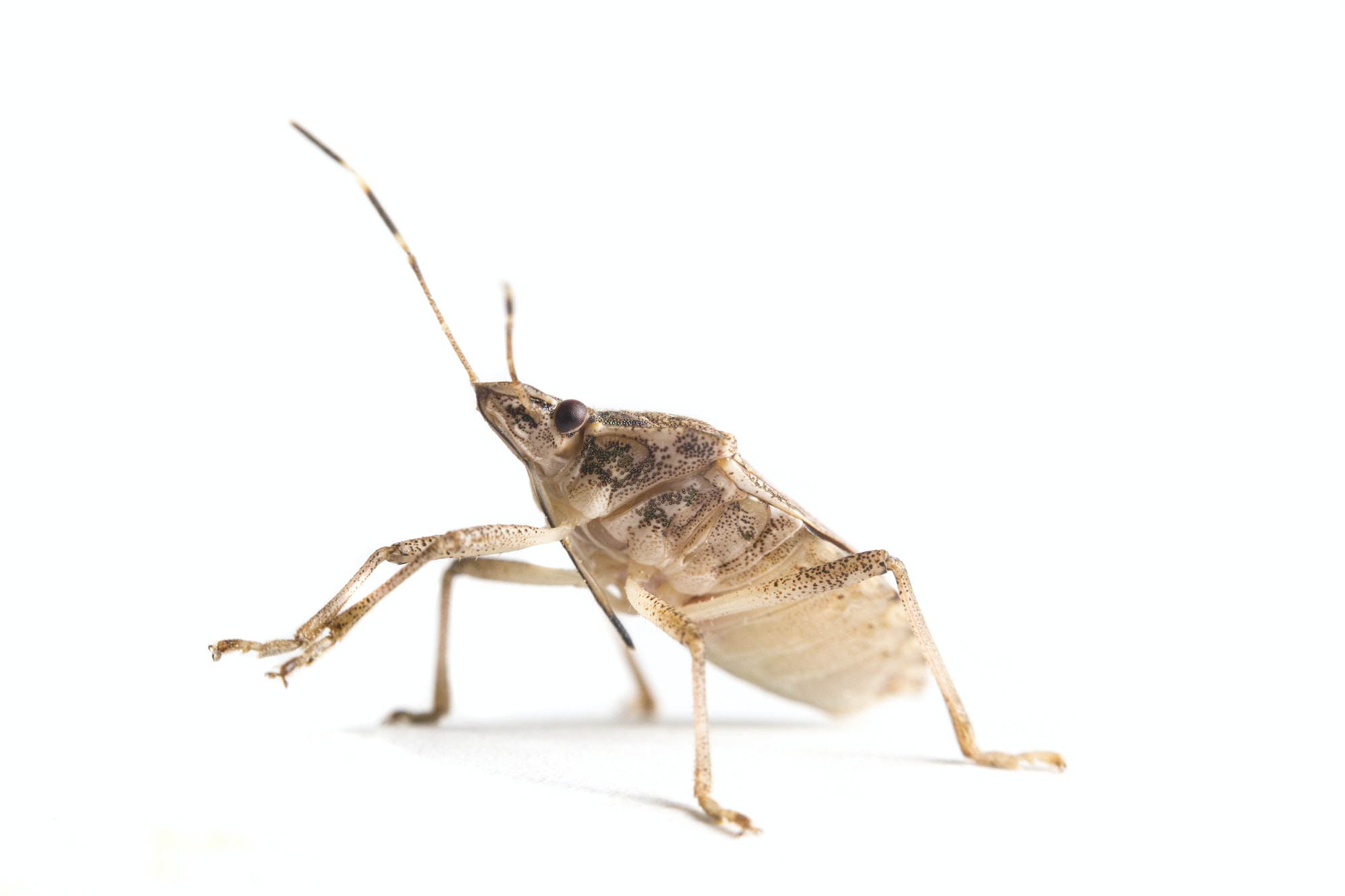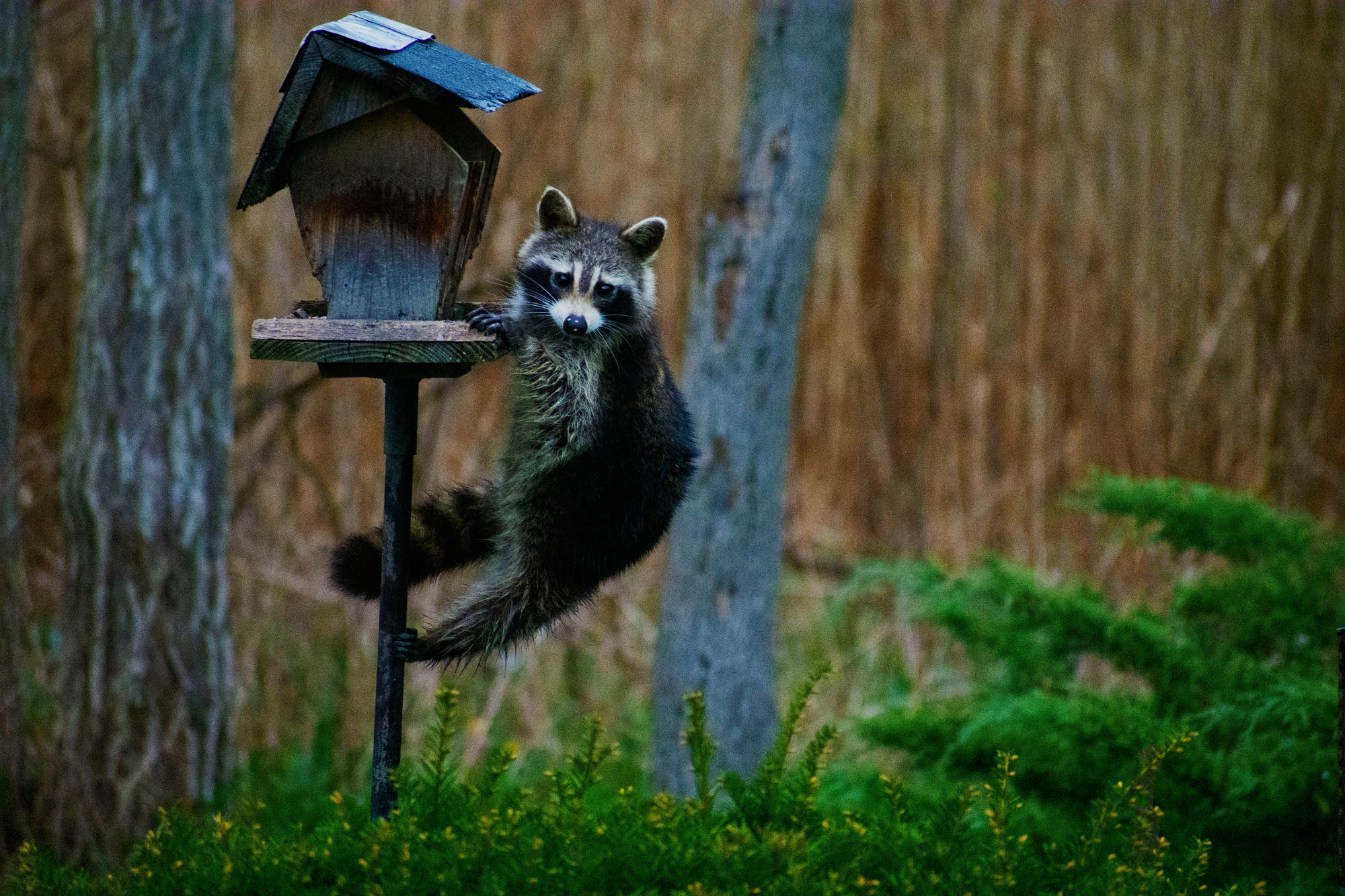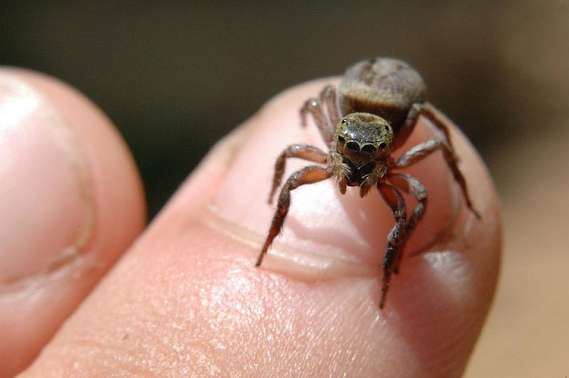Do Stink Bugs Actually Stink?
The stink bug gained its name from its ability to emit an odor. The stink bug reflects energy exchange. It will put out a terrible scent when threatened, to save itself from becoming a snack. Adults stink bugs are about three-quarters of an inch, and in color are brown, gray, or dark green, and are shaped like a shield.
On the antennae, they have alternating light lines, and on the thin outer edge of the abdomen, dark bands. The stink glands are found between the first and the second pair of legs, on the underside of the thorax. Many other insects, like certain species of ants, beetles, and other bugs, exhibit the same characteristics.
For homeowners who discover this slow-moving, armored-looking insect, the most familiar issue is the stink bug’s smell. Stink bugs are able to release poor-smelling, bad-tasting fluid, from the pores on the sides of their bodies when they are handled or disturbed. This secretion defends stink bugs from predators. And that’s what we are to them, a huge bug zapping, a foot-stomping predator.

Stink bug’s odor comes from the trans-2-decenal and trans-2-octenal chemical compounds. These two compounds are actually often used to add flavor or aromas to food. When combined with the stink bug, they produce a powerful scent that smells like rotting vegetables, coriander, or cilantro.
In addition to their distinctive stench, stink bugs are also able to produce a different chemical odor. This pheromone is released when a stink bug finds a safe place to hibernate for the winter. The scent, which is undetectable to homeowners, acts as a signal to other stink bugs to join them in the winter hiding spot.
Fall is usually the period in which most homeowners notice greater numbers of indoor stink bugs. This is because, as October rolls in, the stink bugs cannot endure the harsh winter weather. Hordes of stink bugs make their way inside, through windows, doors, chimneys, and other cracks and crevices.
They then send out an invitation for other stink bugs, you might ultimately have over winter hundreds of stink bugs hibernating in your house. Seal cracks around windows, doors, siding, utility pipes, behind chimneys, and other openings, to prevent stink bugs from entering homes and buildings. Broken screens should be fixed or replaced on doors and windows. Stink bugs are drawn to light, so switch to less enticing yellow bulbs or sodium vapor lights for exterior lighting.

Stink bugs use their unpleasant odor as a defense mechanism. The odor they emit will vary depending on the species, so not every stink bug smell would be the same. In fact, because humans perceive and interpret smells differently, the way one person describes the odor of a stink bug differs from the next.
This makes the exact order of a stink bug hard to pin down. Stink bugs do not bite or sting and do not pose a threat to people or animals. However, they are a big agricultural pest and can cause plants and farm crops a lot of harm. In addition to damaging plants, their smell can become very overwhelming when inside the home.
Author: Abbigail King
Utah Valley University
Sources
- https://plunketts.net/blog/10-weird-stink-bug-facts
- https://www.pestworld.org/news-hub/pest-articles/where-did-stink-bugs-come-from
- https://www.pestworld.org/pest-guide/occasional-invaders/stink-bugs








